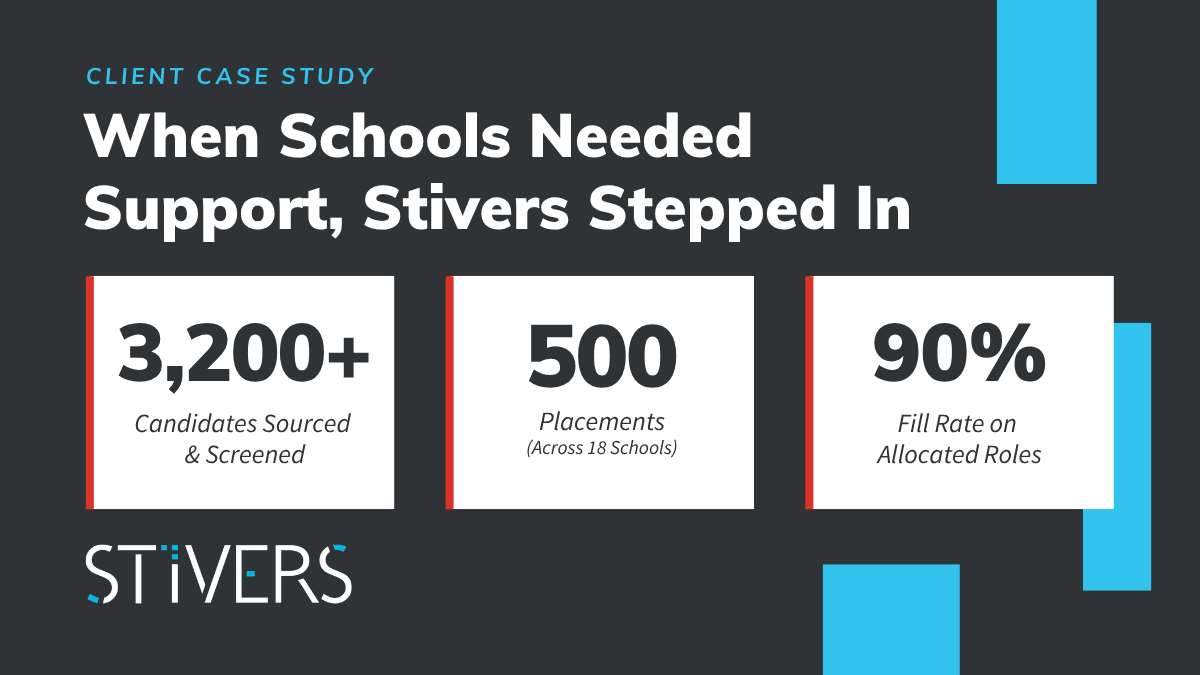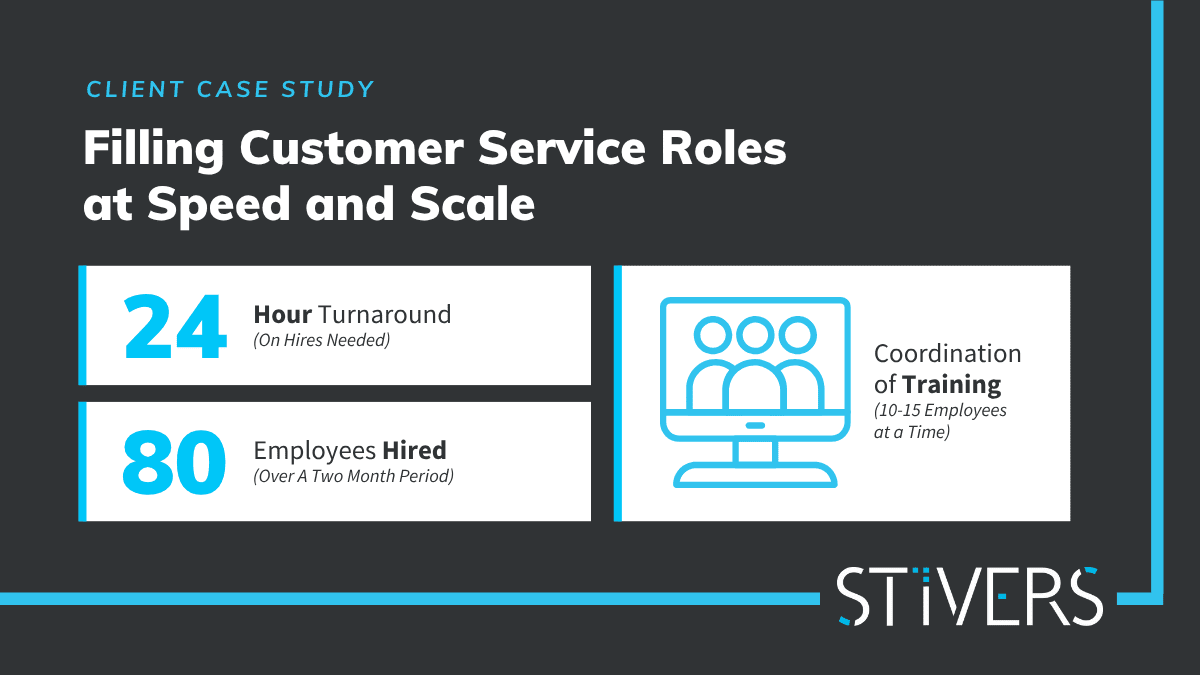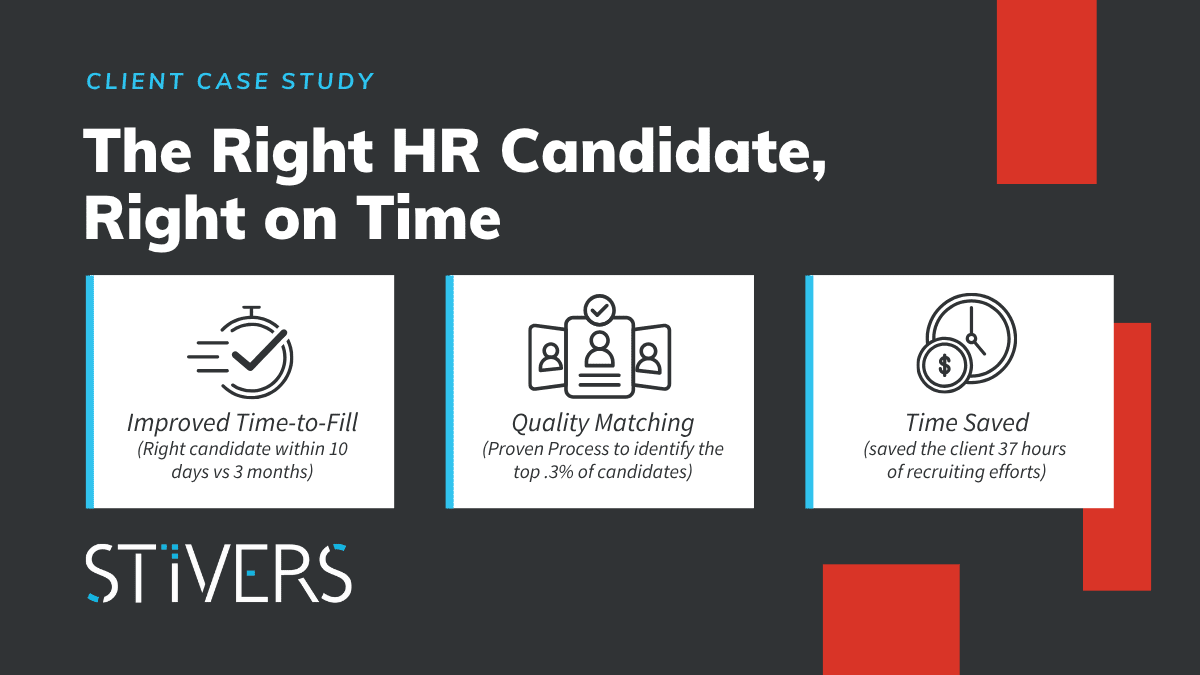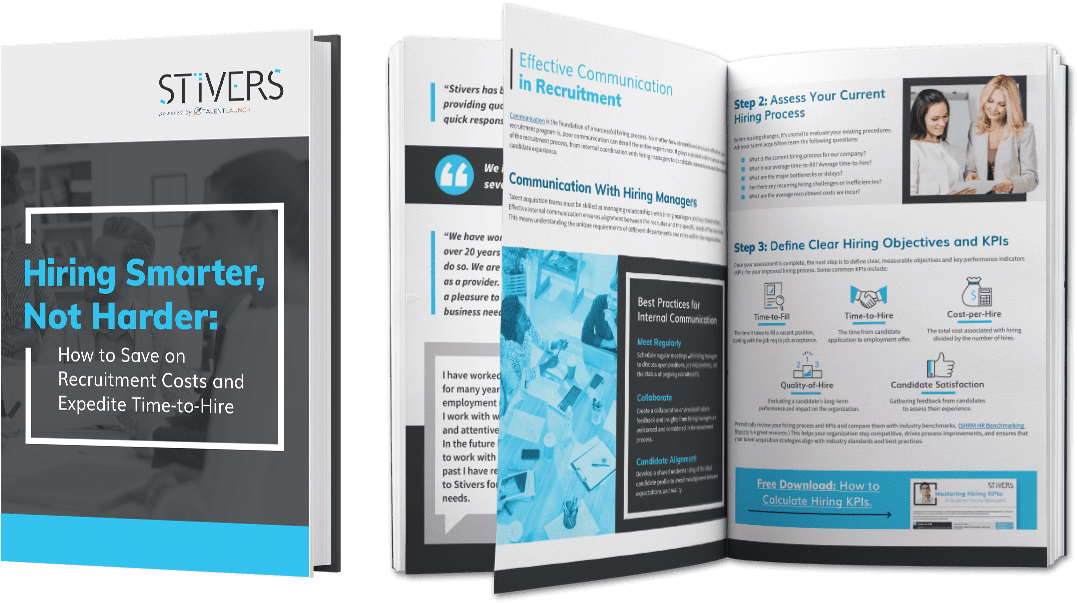Now that you understand the importance of streamlined staffing and recruitment, you’re ready to design a better hiring process for your organization. The second post of our Hiring Smarter, Not Harder series shows you where to begin.
You’ll learn how to:
- Optimize your talent acquisition team
- Assess your current hiring process
- Define clear hiring objectives and KPIs (with a free download)
These three steps will be your foundation as you move towards a more strategic hiring process. Let’s dive in.

Step 1: Optimize Your Talent Acquisition Team
You’ve heard the saying: A company is only as good as the people it keeps. Assembling a skilled and efficient talent acquisition team is the first crucial step to streamlining the hiring process. These are the elements that make up a highly efficient and effective recruitment unit.
- Diverse Skill Sets: Ensure that your team possesses a diverse range of skills, such as sourcing, interviewing, assessing candidates, and utilizing technology. Different team members can specialize in different aspects of the hiring process, enhancing the team’s overall capabilities.
- Collaboration: Foster a culture of collaboration and cooperation within the team. Effective communication and teamwork can lead to better decision-making and more efficient hiring processes.
- Adaptability: Talent acquisition trends are constantly evolving. An effective recruiting team is adaptable and open to new approaches, technologies, and strategies. Encourage continuous learning and development to stay current with workforce management trends, like using AI for screening, investing in employer branding to attract candidates, and utilizing multiple sourcing channels.
- Time Management: A streamlined hiring process means a fast-paced hiring environment. Team members should be able to prioritize tasks, manage their schedules, and work efficiently.
- Continuous Improvement: Create a culture of continuous improvement within your team. Regularly review and analyze the hiring process, gather feedback from candidates and hiring managers, and identify opportunities for enhancement.

Step 2: Assess Your Current Hiring Process
Before making changes, it’s crucial to evaluate your existing procedures. Ask your talent acquisition team the following questions:
- What is the current hiring process for our company?
- What is our average time-to-fill? Average time-to-hire?
- What are the major bottlenecks or delays?
- Are there any recurring hiring challenges or inefficiencies?
- What are the average recruitment costs we incur?

Step 3: Define Clear Hiring Objectives and KPIs
Once your assessment is complete, the next step is to define clear, measurable objectives and key performance indicators (KPIs) for your improved hiring process. Some common KPIs include:
- Time-to-fill: The time it takes to fill a vacant position, starting with the job req to job acceptance.
- Time-to-hire: The time from candidate application to employment offer.
- Cost-per-hire: The total cost associated with hiring divided by the number of hires.
- Quality-of-hire: Evaluating a candidate’s long-term performance and impact on the organization.
- Candidate satisfaction: Gathering feedback from candidates to assess their experience.
Periodically review your hiring process and KPIs and compare them with industry benchmarks. (SHRM HR Benchmarking Reports is a great resource.) This helps your organization stay competitive, drives process improvements, and ensures that your talent acquisition strategies align with industry standards and best practices.

Key Takeaways in Optimizing Time-to-Hire: How To Design a Better Hiring Process
- Your Talent Acquisition Team: The best teams are diverse, collaborative, adaptable, have excellent time management skills, and are committed to continuous improvement.
- Current Hiring Processes: Before making changes, your hiring team must first evaluate existing procedures.
- Hiring Objectives and KPIs: Once defined, periodically review your objectives and KPIs and compare them with industry benchmarks.
Next Up: Streamline Your Staffing and Recruitment
Armed with knowledge and hiring goals, you’re ready to start taking action to streamline your hiring process.
In the next article of our Hiring Smarter, Not Harder blog series, you’ll learn how to eliminate hidden costs associated with in-house hiring, reduce time-to-hire, and utilize the right sourcing strategies to achieve a more streamlined recruitment approach.
Can’t wait? Get the complete guide!
